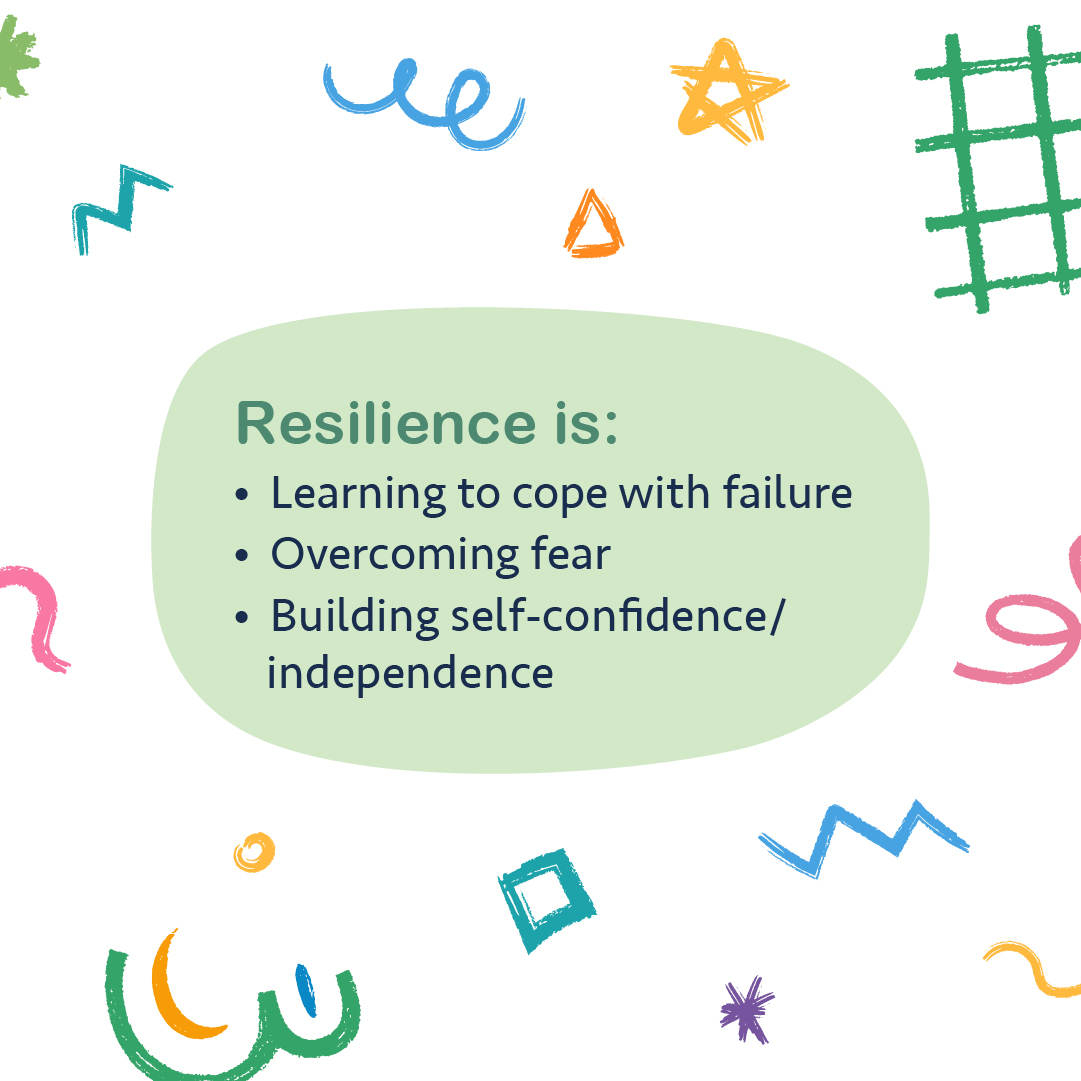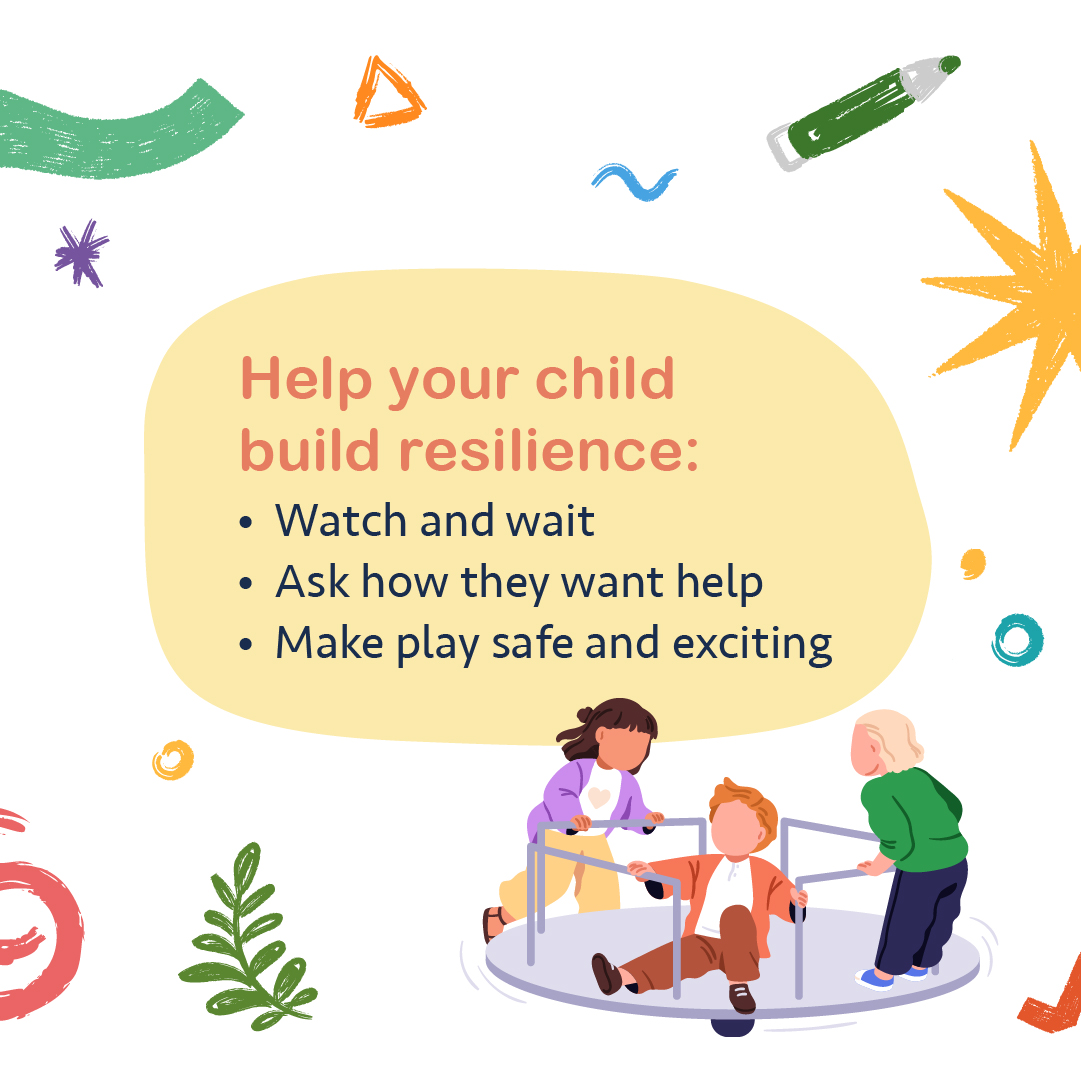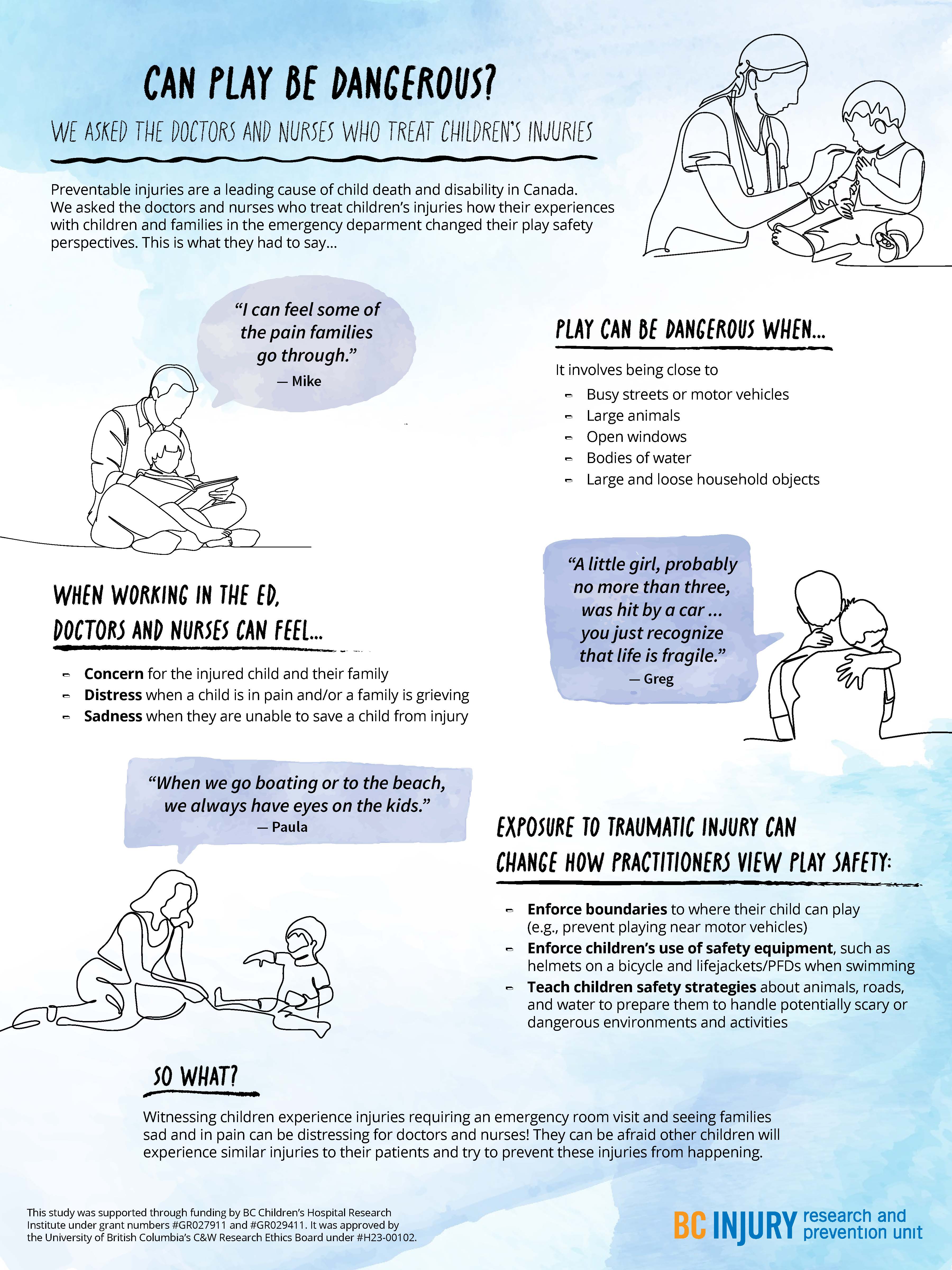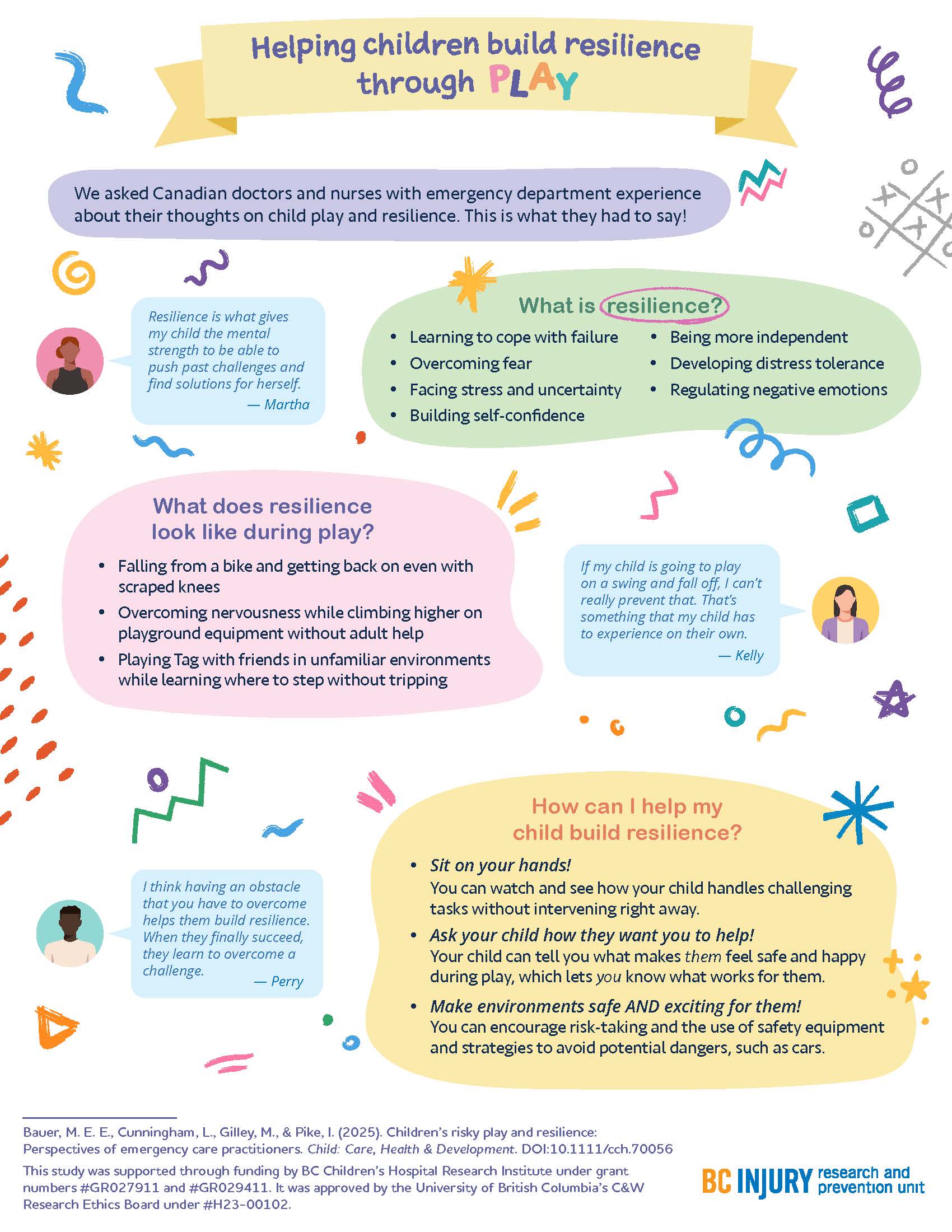Injury Insights: Research (December 2024)

Here is the first installment of our Injury Insights: Research series. A selection of publications by BCIRPU researchers will be highlighted in this series.
CATT for Youth e-learning module improves concussion knowledge and belief among high school students (August 2024)
BCIRPU Authors: Shelina Babul, Shazya Karmali, Kate Turcotte
Concussions are one the most common injuries among young people, with approximately 25% reporting at least one concussion during their lifetime. An evaluation of the Concussion Awareness Training Tool (CATT) for Youth e-learning course compared two groups: one receiving immediate access to CATT for Youth, and a delayed intervention group, on their concussion knowledge, reporting intentions, and beliefs pre-and post-completion of the course. Results showed significant improvements in general concussion knowledge, skills, beliefs about capabilities, and beliefs about consequences in both groups. These results suggest CATT for Youth can enhance understanding of concussion and confidence in recognition and reporting among high school students.
Read more in the journal Health Education & Behaviour.
Examining children’s safety, injury prevention, and desirable play opportunities at playgrounds in low- to mid-income communities (August 2024)
BCIRPU Authors: Michelle E. E. Bauer, Ian Pike
Researchers partnered with the Society for Children & Youth of BC and the Thriving Kids Care Society to examine children’s perspectives on safety, injury prevention, and desirable play opportunities at playgrounds in Vancouver. Children aged 9 to 13-years-old participated in go-along, semi-structured, and photo-elicitation interviews as part of summer camp activities. Findings showed children feared falling from taller playground structures or structures without soft surfaces beneath them, and they wanted to play in environments they felt were exciting, challenging, and sanitary. The researchers advocated for the inclusion of children in injury prevention research and encouraged others to respect children’s right to voice their safety and play needs.
Read more in the Journal of Adventure Education and Outdoor Learning.
Study compares child abuse outcomes before and during the COVID-19 pandemic (March 2024)
BCIRPU Authors: Ian Pike
This umbrella review examined 11 studies on the impact of COVID-19 lockdowns on child abuse and neglect. Outcomes during the pandemic were compared to those during pre-pandemic periods. The study revealed conflicting results of both increases and decreases that were heavily dependent on the data source used in the studies. With administrative data sources such as emergency department visits, or child protection service referrals, a trend of decreases in reported child abuse and neglect was seen. However, this may be due to the reduced access to health care due to lockdowns rather than an actual reduction in abuse. Other data sources suggested increases in harsh parenting practices during the pandemic. Studies that reported mixed results often found increases in emotional, neglect, and psychological abuse, alongside decreases in physical and sexual abuse, which may reflect the unique stressors and challenges faced by families during lockdowns, such as increased parental stress and reduced support networks. Ultimately, the review offers recommendations for enhancing surveillance, intervention strategies, and public awareness campaigns to better protect children during future emergencies.
Read more in the journal Child Abuse & Neglect.
Home injuries in British Columbia: patterns across the deprivation spectrum (July 2024)
BCIRPU Authors: Ian Pike, Umerdad Khudadad, Mojgan Karbakhsh, Anita Yau, Fahra Rajabali, and Alex Zheng
This study investigated the correlations between neighbourhood deprivation and hospitalization as a result of unintentional home injuries in BC between 2015 and 2019. Data from the Discharge Abstract Database and the national census were used to analyze injury rates across four dimensions of the Canadian Index of Multiple Deprivation: ethno-cultural composition, situational vulnerability, economic dependency, and residential instability.
Unintentional home injury rates were higher in areas with higher deprivation, such as those measuring high on situational vulnerability, economic dependency, and residential instability. Ethno-culturally diverse neighbourhoods, however, showed lower rates of unintentional home injury. Authors encourage further research to understand the cultural and social dynamics of diverse neighbourhoods that may contribute to lower injury rates. They also call for these findings to be used to develop targeted and inclusive initiatives to reduce disparities and improve home safety.
Read more in the International Journal of Injury Control and Safety Promotion.
What factors affect follow-up visits for children and youth after concussion? (August 2024)
BCIRPU Author: Shelina Babul
Researchers followed up with children and youth 5 to 18-years-old who had had a concussion in BC between 2016 and 2017, in order to find out how many had follow-up visits and how quickly these visits happened.
Follow-up visits after a concussion diagnosis is important for monitoring recovery, preventing further injury, and managing ongoing issues or persisting symptoms. It was found that 76.1% of patients did not receive follow-up care for concussion—19% out of of 22,601 cases had an early follow-up visit (within 28 days) and 4.9% had a later follow-up (29-89 days). For those who did have a follow-up, half of those that did have a follow-up had it within 9 days of their concussion. Factors associated with early follow-ups included being older (13-18-years old), living in rural areas, having higher socioeconomic status, and specialist early intervention. This study emphasizes the gap in follow-up care for young people with concussions in BC.
Read more in the journal Brain Injury.
- distress when a child was in pain and when a family was grieving; and
- sadness in the event they were not able to save a child in their care.
- concern for the injured child and the child’s family;
Particularly traumatic events, such as those involving vivid sights and sounds (e.g., families holding each other and having extreme reactions), stuck with the practitioners, having long-lasting impressions on them and causing them to re-live these events in the years following their exposure.
Even after their shift was over, practitioners said that they changed how they approached parenting and how they perceived safety during play as a result of witnessing these traumatic events. They reported having more knowledge of the causes and consequences of severe injuries, such as those that require hospitalization or emergency care. For example, practitioners were more likely to enforce boundaries around where their children could play, such as by forbidding their child to play near busy streets. They also were more likely to tell their child about safe play environments and equipment, and put this equipment on their child before play, such as explaining the benefits of using helmets while riding bikes.
Practitioners were more likely to enforce boundaries around where their children could play, and use safety equipment, such as bike helmets.
Practitioners also described being concerned about their children’s play near open windows, around large bodies of water unsupervised, and in environments where firearms were present. They also expressed worry about their children’s play on trampolines and on motorized vehicles, such as ATVs. Findings related to trampoline play safety concerns were published in the journal Injury Prevention.
Observing family grief due to child injury or death affected the mental well-being of health care practitioners, drawing attention to the need for mental health supports for those involved in caring for severely injured and dying patients.


"Raise more resilient children through play...watch and see how your child handles challenging tasks without intervening right away." —Dr. Michelle Bauer
Building resilience through play
How can parents help their children build resilience? By letting them play!
The experiences that practitioners witnessed encouraged them to support their children in building resilience through play; specifically, by supporting children in learning to cope with failure, overcome fear, build self-confidence, develop distress tolerance, and regulate negative emotions. Findings related to building resilience through play were published in the journal Child: Care, Health, and Development.

Parents fostered resilience in their kids by:
- helping their kids get back on bikes after they fell off and wanted to try again;
- sitting on their hands so they did not instinctively reach for their children when their children fell down; and
- encouraging participation in challenging and thrilling activities in forests and water while safety equipment was used.
"There are a few ways that parents can raise more resilient children through play that are supported by literature and our study findings," said Dr. Bauer. "One: watch and see how your child handles challenging tasks without intervening right away."
"Two: Ask your child how they want you to help—let them tell you what makes them feel safe and happy during play. Let them lead. And three: make play both safe and exciting by encouraging risk-taking, teaching them how to avoid hazards, and using safety equipment.”
This research was supported through Drs. Bauer’s and Gilley’s receipt of a clinical and translational research seed grant from the BC Children’s Hospital Research Institute (BCCHR), Dr. Bauer’s BCCHR postdoctoral fellowship award, and additional training provided to Dr. Bauer through her participation in the Programs and Institutions Looking to Launch Academic Researchers (PILLAR) program through ENRICH, a national organization training perinatal and child health researchers.
Learn more about the study through two infographic posters:
Graphics and posters by Milica Radosavljevic











